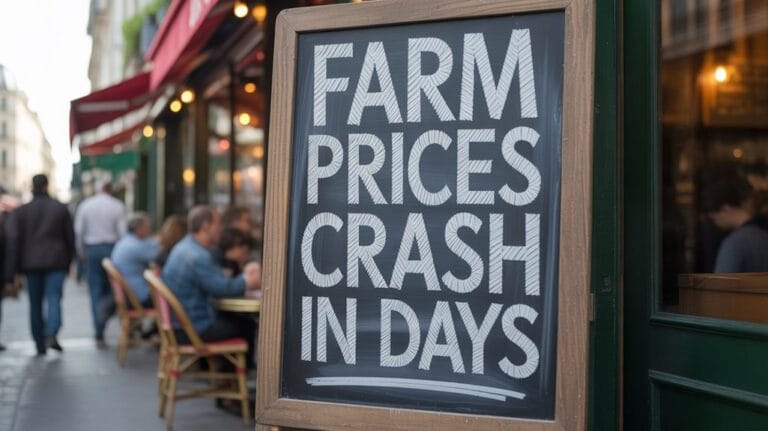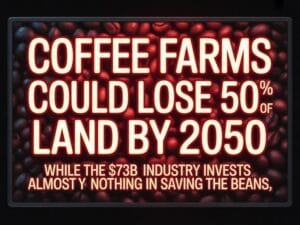Brazil’s coffee market crashed this summer, wiping months of gains in days. Prices slid to a 5-1/2 month low for arabica beans and a 13-1/4 month low for robusta by late June 2025. Traders said the drop came after frost risk faded in São Paulo and Minas Gerais, calming supply concerns across the country.
At the same time, the Brazilian real fell to a 1-1/2 week low against the dollar. Analysts note that 50% tariff threats from Washington to Brazilian goods may have briefly energized speculative selling, yet physical volumes remained calm. That move made coffee cheaper for foreign buyers and pushed local farmers to sell, adding to the price drop. Export impacts were clear: more beans left the ports, yet the extra sales kept prices under heavy pressure.
Brazilian real slides, farmers sell fast, export surge piles more weight on coffee prices.
Harvest work was 35% done by mid-June, matching the five-year average but slower than previous year. Heavy rain slowed trucks and machines in key arabica zones, creating small regional supply risks. Even so, the bigger mood in the market stayed bearish.
In July, USDA FAS upward revision raised its 2024/25 global coffee output forecast to 174.855 million bags, feeding the bearish trend.
In July, the initial retail price drop in 18 months showed up in Brazil’s IPCA inflation report. Coffee prices on supermarket shelves fell 1.01% after farm-gate prices tumbled post-harvest. The reversal was striking because coffee had been one of the main drivers of inflation for over a year.
Trade talk about possible U.S. tariffs on Brazilian goods caused brief swings, yet no clear effect on grocery prices has appeared so far.
Early in 2024, Conab had warned that the 2025/26 crop could shrink 4.4% to about 51.8 million bags, the smallest in three years.
El Niño had left the worst dry spell since 1981, hurting tree flowering and slashing yield hopes. March 2024 green bean exports were already down 26% year-on-year, showing early export impacts. Concerns grew when Colombia and Vietnam also faced drought, tightening global supply views.




